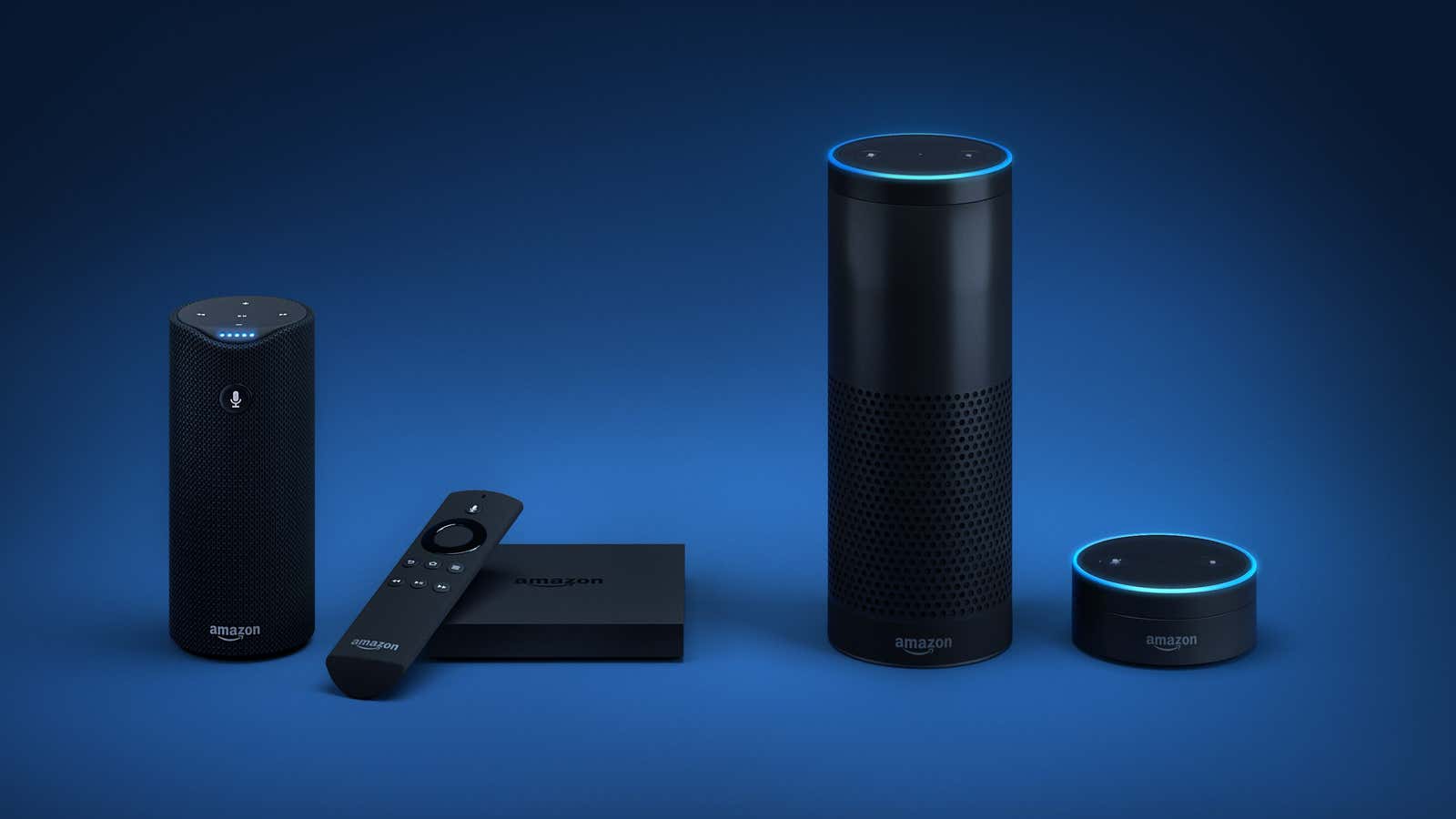Amazon’s $180 Echo and the new Google Home (due out later this year) promise voice-activated assistants that order groceries, check calendars and perform sundry tasks of your everyday life. Now, with a little initiative and some online instructions, you can build the devices yourself for a fraction of the cost. And that’s just fine with the tech giants.
At this weekend’s Bay Area Maker Faire, Arduino, an open-source electronics manufacturer, announced new hardware “boards”—bundles of microprocessors, sensors, and ports—that will ship with voice and gesture capabilities, along with wifi and bluetooth connectivity. By plugging them into the free voice-recognition services offered by Google’s Cloud Speech API and Amazon’s Alexa Voice Service, anyone can access world-class natural language processing power, and tap into the benefits those companies are touting. Amazon has even released its own blueprint and code repository to build a $60 version of its Echo using Raspberry Pi, another piece of open-source hardware.
Selling “smart home” hardware is a side-business for Amazon and Google. The real prize is delivering their services to as many people as possible. Whoever wins the role of personal digital concierge will be in one of the most powerful positions in technology. For Amazon, this means selling people everything they want to buy. For Google, it’s access to people’s data and attention to better sell advertising.
So far, Internet of Things products have fallen flat (at least at home), from toothbrushes that talk to your dentist to diapers that alert you when they need to be changed. Without compelling uses, the sector’s popularity has spent years on the runway unable to take off. Even the biggest success, Nest Labs’ Thermostat, which sold more than 10 million units last year, has failed to replicate its blockbuster sales with other devices after being bought by Google in 2014 for $3.2 billion.
Big technology companies are now betting that getting a useful IoT hub into millions of homes will let developers (and users) come up with applications that unlock the market. There’s no shortage of companies trying to make that happen. Open source hardware like Arduino has quickly grown more sophisticated. Prices are coming down, and the power of the chips, ports and connectivity keeps going up. Companies like Particle are selling even more powerful kits to build connected devices for enthusiasts, as well enterprises that lack the expertise to do it from scratch.
Perhaps the tinkerers and makers can rescue the Internet of Things from its irrelevance in our homes.
